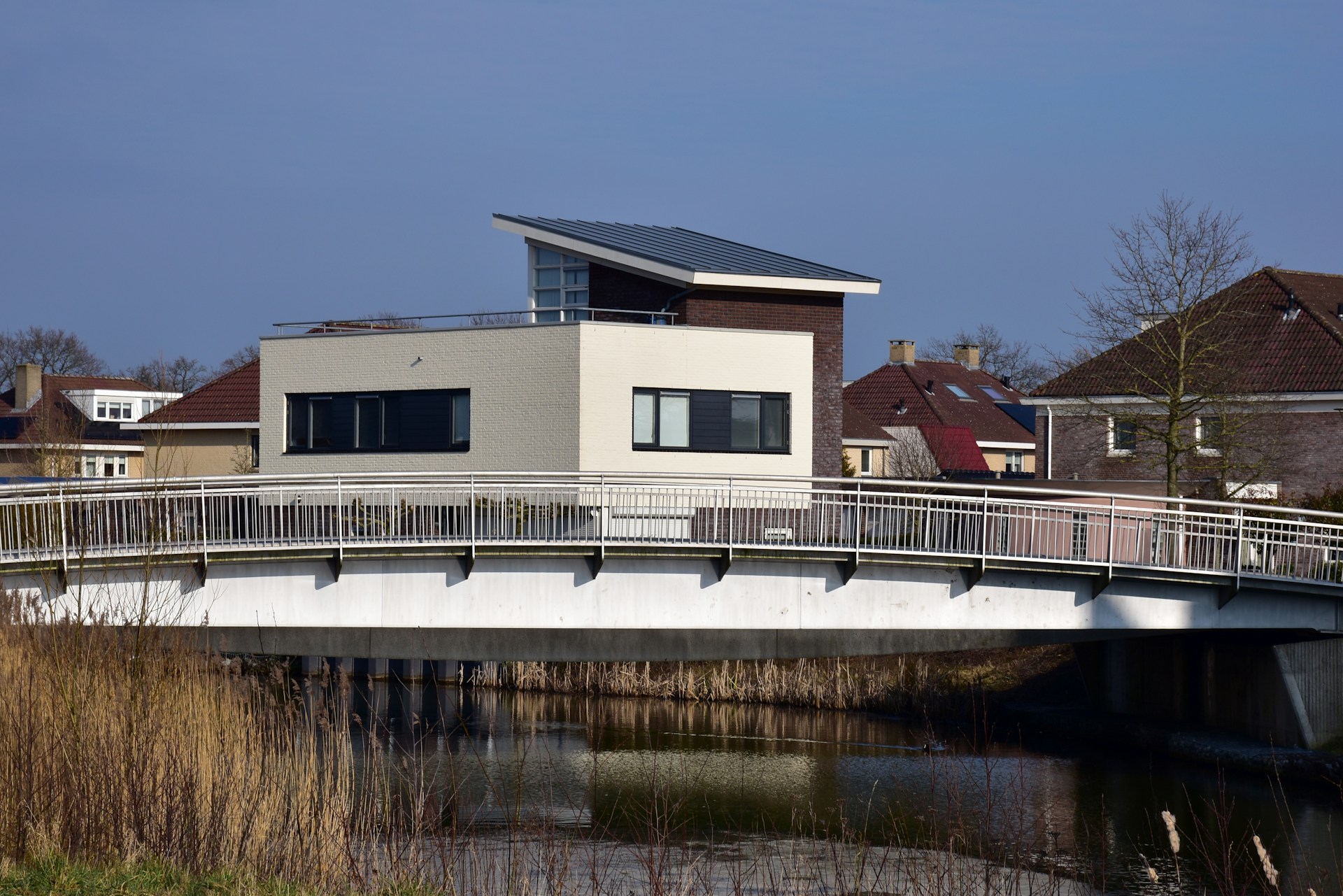Reputation management is an important part of maintaining a business. However, manually monitoring everything that…

Demystifying ADUs: A Comprehensive Overview of Accessory Dwelling Units in Southern California
The concept of Accessory Dwelling Units (ADUs) has gained significant traction in recent years, especially in Southern California, where the demand for affordable and flexible housing solutions is on the rise. ADUs offer homeowners a practical, versatile, and profitable way to enhance their property by adding a secondary residential unit. But what exactly is an ADU, and how can it benefit a Southern Californian homeowner?
In this beginner-friendly article, we’ll provide a comprehensive introduction to ADUs in Southern California. We’ll delve into an overview of ADUs, their potential benefits, and use cases for homeowners, shedding light on the many opportunities they present. Moreover, we’ll highlight the expertise of Turnkey ADU, a leading provider of ADU solutions, ready to guide customers throughout every step of the ADU journey. Embark on this informative exploration of Accessory Dwelling Units and discover how they can elevate your Southern California property and lifestyle.
What is an Accessory Dwelling Unit (ADU)?
An Accessory Dwelling Unit (ADU) is an independent residential dwelling located on the same property as the primary single-family residence. Also known as granny flats, in-law units, or backyard apartments, ADUs can be attached or detached from the primary residence. They typically include essential living facilities such as a kitchen, bathroom, bedroom, and living area. ADUs provide a versatile solution to create additional living spaces, maximize property usage, and generate rental income. In Southern California, the increasing demand for affordable housing options and flexible living solutions has spurred the growth of ADU construction.
Benefits of ADUs
There is a multitude of benefits associated with incorporating an ADU into your Southern California property. Here are some of the key advantages to consider:
- Increased Property Value: As previously stated, ADUs can significantly boost your property value by adding a desirable feature that appeals to potential homebuyers looking for versatile and flexible living options.
- Rental Income: ADUs offer the potential to generate a steady rental income by providing affordable housing solutions to long-term or short-term tenants in the high-demand Southern California market.
- Multigenerational Living: ADUs create an ideal living environment for extended family members, allowing for close proximity with the right amount of privacy and independence.
- Aging in Place: ADUs can be designed to accommodate the changing needs of aging homeowners, providing a safe and comfortable space that supports long-term residency and aging in place.
- Environmental Sustainability: Incorporating energy-efficient designs, green building practices, and eco-friendly materials can create an ADU with a reduced environmental impact compared to traditional home construction.
Types of ADUs
ADUs can be broadly categorized into three primary types based on their physical connection to the primary residence:
- Detached ADU: A standalone unit separate from the primary residence, often built in the backyard or another available space on the property. Detached ADUs offer maximum privacy and independence for occupants.
- Attached ADU: An attached ADU shares a wall with the main residence and can be built through the conversion of existing structures (such as a garage) or as new construction. They provide a balance between privacy and accessibility to the primary residence.
- Interior ADU: An interior ADU involves the conversion of an existing room or space within the primary residence into a self-contained unit. This type is most suitable for situations that require close proximity between the main house and the ADU, such as aging relatives or live-in caregivers.
Each type of ADU offers its unique set of advantages, allowing homeowners to select the most suitable option based on their specific needs, property layout, and preferences.
ADU Regulations and Zoning Laws in Southern California
ADUs are subject to regulations and zoning laws that vary across Southern California jurisdictions. The State of California has established basic guidelines, but local governments may impose additional requirements related to size, design, and construction standards. It’s crucial to consult with your local planning department to understand the specific regulations that apply to your property.
Some general regulations that apply to ADUs in Southern California include:
- Property Zoning: ADUs are typically allowed in single-family residential zones, but certain requirements may apply depending on the specific zoning designation of your property.
- Size Limits: The maximum size of an ADU depends on the lot size and local regulations, but generally, an ADU should not exceed 1,200 square feet.
- Parking Requirements: The State of California has relaxed parking requirements for ADUs in recent years, but local governments may still impose specific parking standards.
- Owner Occupancy: While California State law no longer requires owner occupancy on properties with ADUs, local governments may have their own rules and conditions regarding this matter.
- Building Codes and Permits: ADU construction must comply with applicable building codes and obtain the necessary permits from local authorities.
Working with a professional service provider like Turnkey ADU is crucial in navigating the complex regulations and zoning laws related to ADU construction. With our team’s expertise and guidance, homeowners can ensure their ADU project is compliant with all local requirements, avoiding costly mistakes and delays.
Financing Options for ADU Projects
Financing an ADU project can be achieved through various options, depending on the homeowner’s financial capacity and preferences. Some common financing options for ADU projects include:
- Home Equity Loan or Line of Credit: Borrowing against the equity in your home can provide funds for your ADU project at relatively low interest rates.
- Construction Loan: A short-term loan designed to finance the cost of building your ADU, typically requiring interest-only payments during construction and converting to a regular mortgage once the project is completed.
- Personal Savings: Using personal savings to fund your ADU project can be a cost-effective option that avoids interest payments and additional debt.
- FHA 203(k) Loan: A government-backed loan that allows borrowers to finance both the purchase of a property and the cost of improvements, including ADU construction.
Understanding the various financing options available for ADU projects is essential in selecting the most suitable method to fund your project. Working with a knowledgeable partner like Turnkey ADU can provide insight and guidance on the best financing solution based on your unique financial situation and goals.
Unlock the Potential of Your Property with Turnkey ADU
ADUs offer a versatile and valuable solution to address the diverse housing needs of Southern Californians. By incorporating an ADU into your property, you can significantly enhance its value, generate rental income, and create more functional living spaces. With various types, designs, and financing options available, ADUs are a highly customizable addition to any property, catering to individual preferences and specific needs.
Working with expert ADU providers like Turnkey ADU will ensure a seamless construction experience and a high-quality living space tailored to your requirements. Let our team of skilled professionals guide you through every step of your ADU journey, from design and permitting to construction and finishing touches. Reach out to Turnkey ADU now to schedule a consultation about prefab Accessory Dwelling Units in California and take the first step towards unlocking your property’s full potential with an exceptional ADU.




